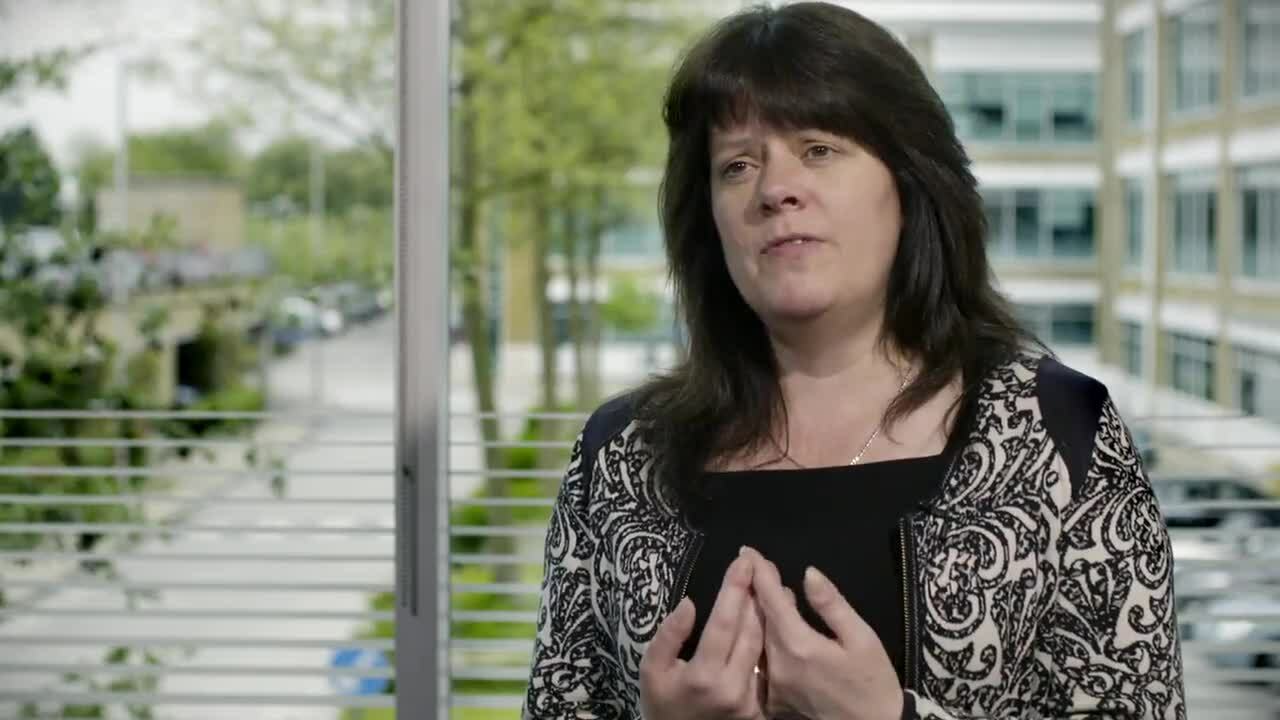
Pest control company Rentokil needed greater financial visibility across the business, especially as it expanded into new geographies through acquisition. After a rapid, collaborative Anaplan implementation, the company now has all financial data from its many projects in one place (including third-party costs and timesheet data), greater visibility into its finances, and the ability to implement driver-based, rolling 12-month forecasting.
Haughey: Rentokil’s a very acquisitive company, and we were acquiring more and more, and our regions and our countries were getting bigger and bigger, with more branches. We wanted increased visibility across our numbers, across our regions, across our branches.
Before we had Anaplan, our planning setup was basically Excel hell, and I think many in the finance space out there will recognize that. It’s just not flexible enough. It’s purely a finance tool. It’s not good for the operational teams, and it doesn’t give you that ability to cut and slice and dice your data with the ease that Anaplan does.
So when we were looking for a new tool, I think there were a number of essential capabilities that we were after. One thing for me was visibility. Rather than having Excel-hell spreadsheets on people’s laptops that nobody could see, I wanted to have wider visibility, particularly into the operational space. Get it out of just the finance space. So that was one key thing to me.
I actually went looking internally to see which tools any of our countries were using. Found Anaplan within the U.K. business, loved what I saw, and then decided to adopt that as part of the finance system program for then the whole group. For me, it was a perfect solution to put out as the globally recommended solution that’s already in use.
I would say the Anaplan implementation, in my experience, has been very different from other software implementations. And I’ve been involved in a few, both in the finance space and outside the finance space. The key difference with the Anaplan implementation was it was very collaborative. It felt like a partnership, not a vendor relationship, and that, to me, was very key, both with Anaplan itself and the partner, Innovar, that we used.
Jones: Innovar specializes in helping businesses improve their planning, budgeting, and forecasting processes. On the professional services side, our focus has been on educating and coaching the team here at Rentokil so they can become self-sufficient in the way they look after their models and expand their use of Anaplan throughout the business.
Seymour: I think the main benefit that we’ve gained is that the financial data from the projects is now all in one place. We’ve got the project managers putting the data in. So if they’ve got, for example, third-party costs, they can put that in. We import the timesheet data, and all the other financial costs go into one place.
Haughey: We get to view and see numbers quicker than we did before, and now we’re tending now to try to move to things such as driver-based forecasting, and maybe forecasting—not necessarily every month, but for a rolling 12-month period. So things that we couldn’t have done with Excel, we’re now looking to move into those kind of spaces and to improve our forecasting and planning with Anaplan.
